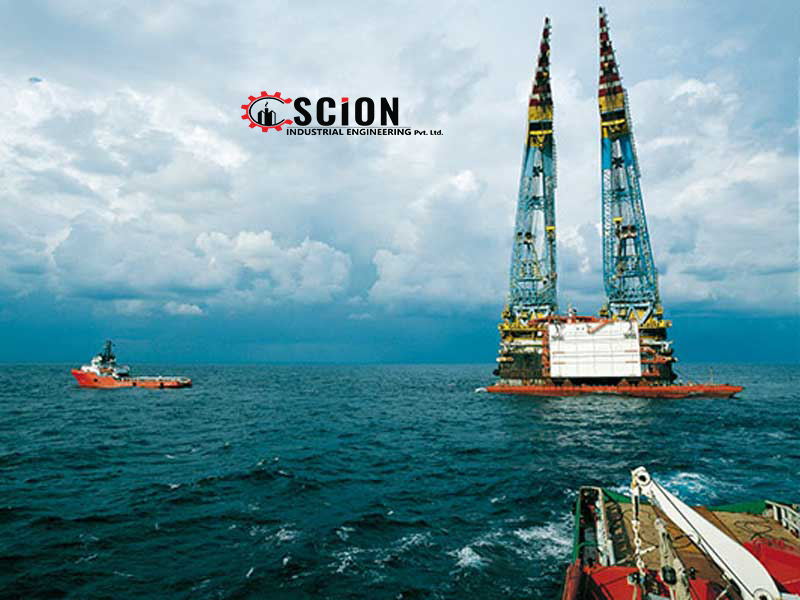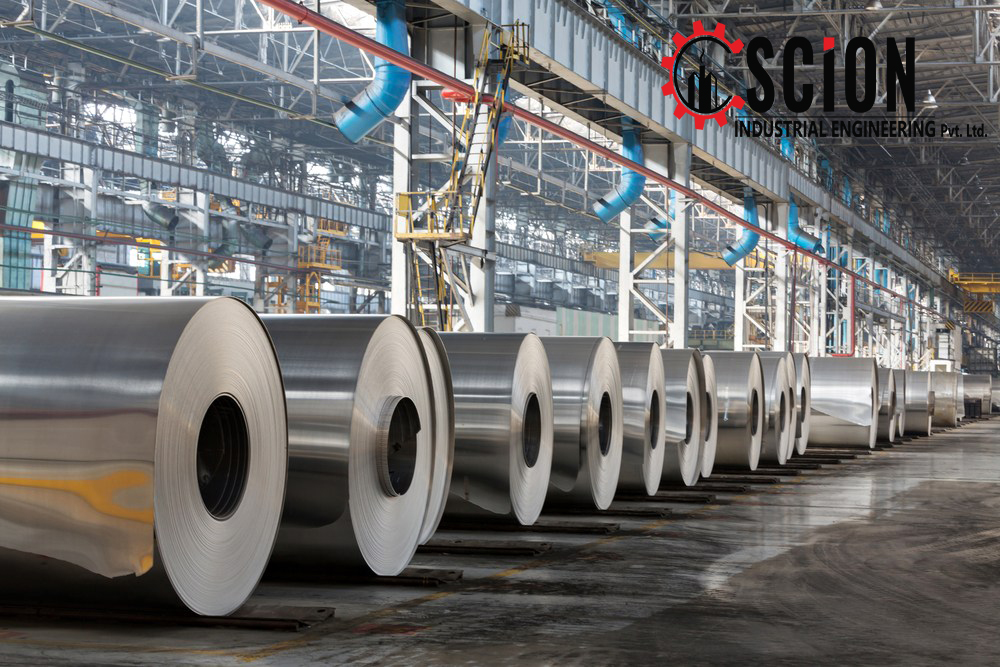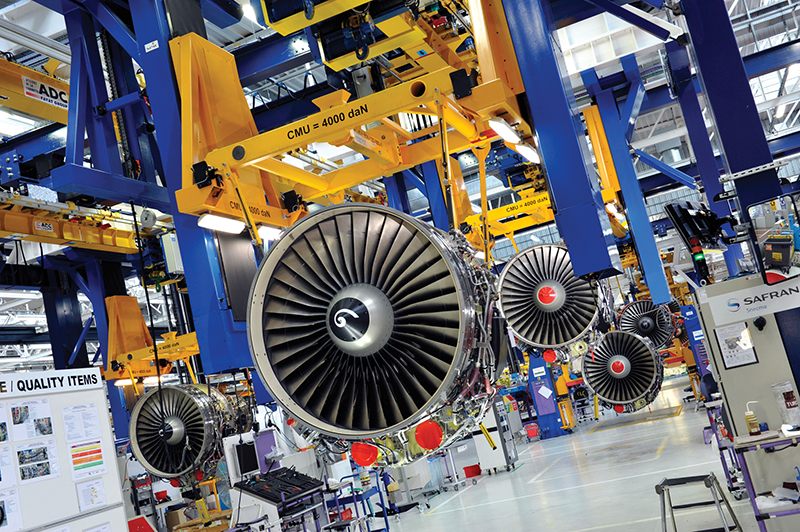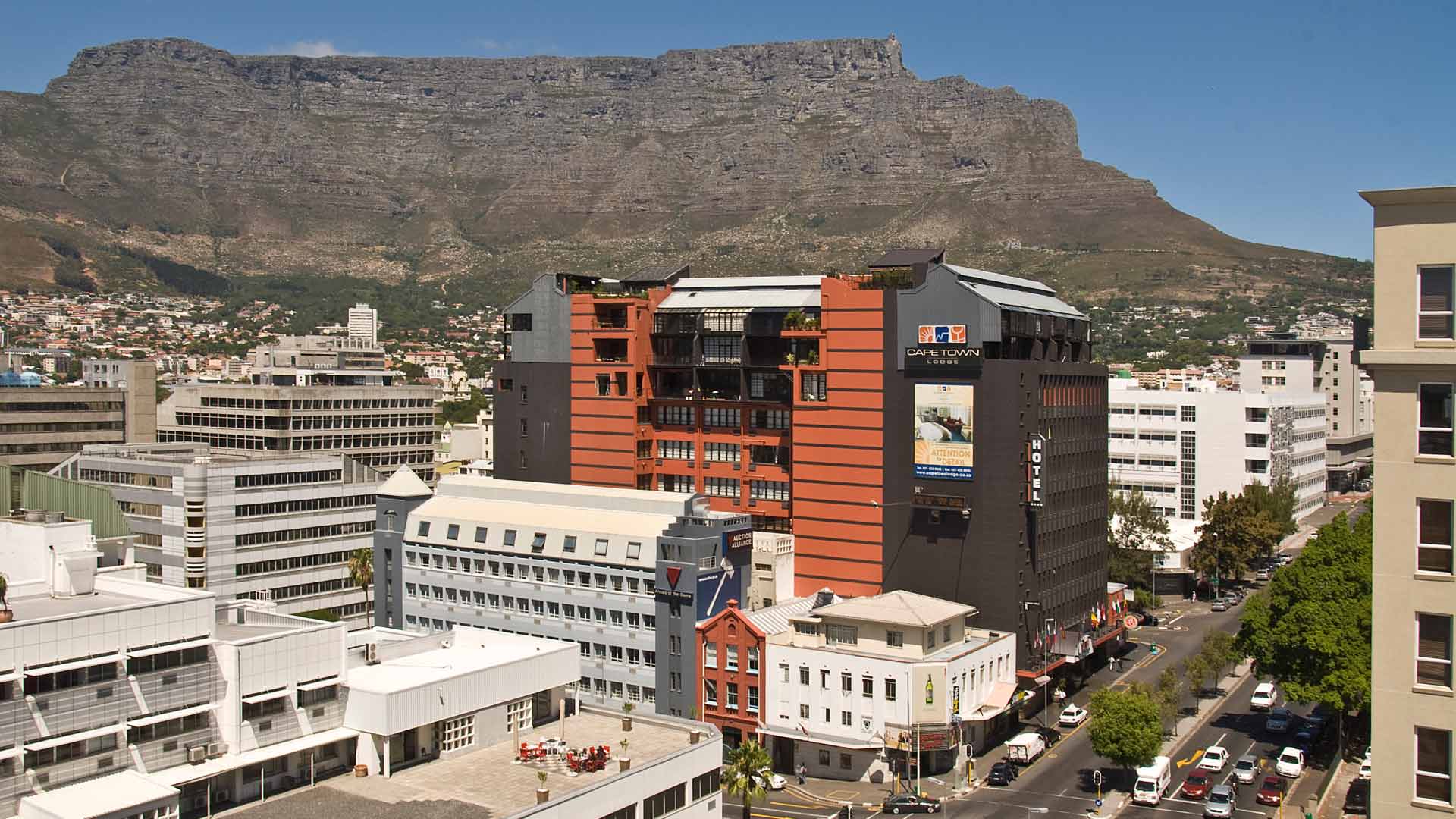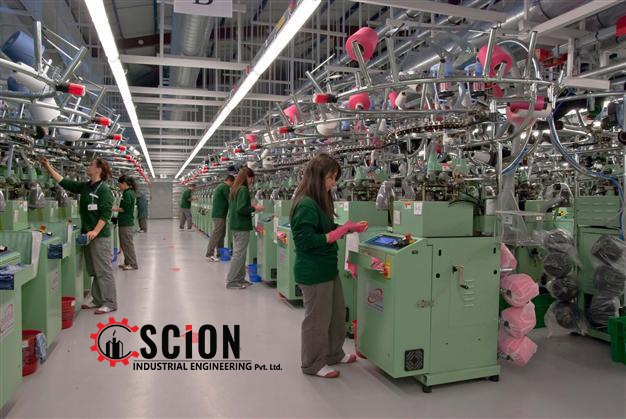Does the Saudi Aramco IPO in Riyadh suggest a future international listing?
Saudi Aramco’s domestic IPO may still serve as a bridge towards an international listing despite what some analysts term a “mid-decline” oil market, according to experts.
Aramco has said there are no plans for an international listing, suggesting that the long-stated aim of a second offering on a foreign bourse had been shelved. The company had previously been expected to sell 2 percent on the Saudi bourse and another 3 percent overseas.
Salah Shamma, the head of MENA investment at Franklin Templeton Emerging Markets Equity, said that his firm believes that the IPO could still serve as a “bridge” towards an international listing and hopes that it will happen at a later date.
“As an international investor, we want to see a successful local IPO of Saudi Aramco,” Shamma said. “Saudi Aramco’s $12bn bond issue earlier this year was one of the most oversubscribed in history and allowed it to borrow at a lower yield than its sovereign parent. This demand bodes well for its IPO.”
According to Shamma, the Aramco IPO “could offer investors exposure to a truly unique asset” with more than 257 billion barrels and producing more than 13.5 million barrels per day of oil equivalent.
“We believe the company is in a class of its own when it comes to profitability and cash flow generation,” Shamma said. “The recent attack on the company’s facilities does not put into question the strength of the company’s fundamentals, but it should elevate its risk premium, at least for international investors.”
Pricing and market outlook
Although the Saudi government and Crown Prince Mohammed Bin Salman had hoped for a valuation as high as $2 to $2.3 trillion – which reportedly caused the IPO to be delayed several times due to dissatisfaction with the valuation of the firm – most analysts expect the Saudis to settle on a valuation of $1.6 to $1.7 trillion.
In Shamma’s view, even with a lower valuation of $1.5 trillion, Aramco “will still be the most valuable company in the world… and with $111bn in net income in 2018, it also ranks as the most profitable company.”
Colin Croft, emerging markets fund manager at Jupiter Asset Management, told Arabian Business that the Aramco IPO must be seen within the context of long-term challenges for the oil industry, which he said was showing signs of “mid-term” decline.
“The only question is how many decades are left before climate concerns and cost competitive force the transition toward more sustainable transport systems,” he said.
“Although Aramco’s low cost base and vast reserves ought to give it far more longevity than other oil companies, I would not be keen to pay too much of a premium for it given the uncertainty regarding how much of these reserves will have to be left in the ground.”
Russian comparison
Additionally, Croft said that the company can best be compared to Russian state-owned oil companies, which also have considerable reserves and low costs, but benefit from a freely floating local currency and reputation in the market.
“These [firms] currently offer dividend yields of closer to 6.5 percent,” he explained. “If Aramco were to trade on a similar level, then its valuation would be closer to $1.2 trillion than to $2.3 trillion.”
However, Croft said that a valuation of between $1.6 and $1.8 trillion is likely still achievable, given the small proposed size of the free float and likely composition of its investor base.
“Saudi Aramco is no different from other oil companies in that its appeal would lie in its ability to supply regular dividend payouts to shareholder,” he added. “Without an attractive dividend policy, it would be impossible for the firm to achieve a valuation anywhere near the current level.”
Changes coming?
In the short-term, according to Emirates NBD commodity analyst Edward Bell, no changes are expected from Saudi Arabia in response to the IPO, with the kingdom’s commitment to the OPEC+ production cuts remaining in place.
“However, there is a risk that the oil market will need to find a new anchor dynamic once the Aramco IPO is finished,” Bell added.
When the impact of the IPO on the global stage and the Saudi government is settled in the long-run, Bell says the fundamentals of the market will once again be the most influential factor on the market and pricing.
Bell added that the market, for its part, will “fixate” over the Aramco news over the coming weeks.
“[This includes] the publication of the company’s prospectus which may shed more light on production costs and outlook, dividend strategies and how the company plans to adapt in a world on the verge of a substantial energy transition away from oil and gas.”
Source:https://www.arabianbusiness.com/ipo/432712-aramco-ipo-from-saudi-arabia-to-the-world

